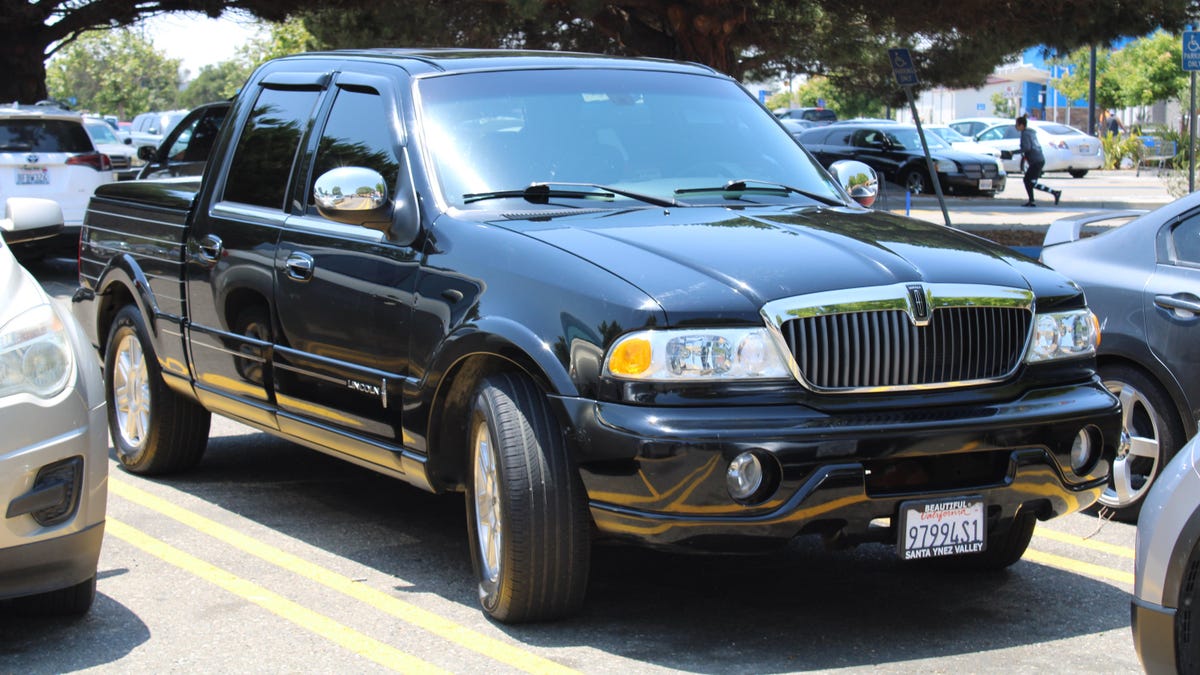These Were The Biggest Automotive Flops

Photo: FaceMePLS from The Hague, The Netherlands, CC BY 2.0 , via Wikimedia Commons
Many great options already shared. If I had to pick one, not listed yet it would have to be the AMC Pacer.
The Pacer was AMC’s most costly new car of the 1970s. The hatchback alone totaled $60 million in development costs. The wagon reportedly added another $6 million. This was higher than the $40 million spent on the 1970 Hornet and another $40 million on the 1974 Matador coupe.
First mistake was the styling. AMC was was too ahead of the market. They made a curvy “Bubble Car” while everyone else had square boxes. They also took the complaints about the Hornet’s bad sightlines and cramped headroom. So the Pacer’s glass area covered 37 percent of the car. (The average at the time was about 20-25%) Glass, is also heavier than sheet metal, with added to the weight of the Pacer. (See Below)
It also didn’t help it was designed around an engine that they ended up not even using, as it was canceled before the Pacer was ready for production. What magical engine would this be? A Wankel Rotary Engine from GM of all things! However, GM canceled development in 1974 for reasons that included durability issues, the fuel crisis, tooling costs (for the engines and also for a new product line designed to take advantage of the rotary’s ultra-compact dimensions), and the upcoming (the late 1970s) U.S. emissions legislation. It was also thought that the high-revving Wankel would not suit Americans accustomed to low revs and high torque.
However, AMC had literally already dumped all their eggs in this basket. So, they had to hastily modify the Pacer design to accept the AMC Straight-6 engine they had available. This involved a complete redesign of the drivetrain and firewall to keep the longer engine within the body dimensions designed for the Wankel.
Next, the Pacer’s platform was far too heavy and space inefficient. The 1976 Pacer was heavier than a downsized 1978 Chevrolet Malibu two-door coupe (by roughly 110 pounds) and a Ford Fairmont two-door sedan with a six-cylinder engine (by more than 500 pounds).
But even if others weren’t dropping size and weight, the Pacer would still have been a porker. The hatchback model was only a few pounds lighter than a Ford Granada or Plymouth Volare coupe even though these were “old-school” designs that were each more than two feet longer than the Pacer.
In other words, the Pacer weighed more than cars that offered room for five or six passengers. Yet the Pacer only fit four people.
Another factor that may have contributed to the Pacer’s collapse was its discordant market positioning. AMC initially presented the Pacer as a premium-quality small car. However, unlike its indirect competitor, the Ford’s Mustang II, the base Pacer was pretty stripped. That cultivated an economy car vibe, which clashed with its image-car styling.
It was such as failure the company would have gone under even sooner than it did, if it wasn’t for Renault coming in and infusing the company with some funds, to help it survive until the 80s.
The Pacer is a car I really want to like. Its proportions are so weird, so unlike anything else on the market, and it came in genuinely interesting colors. It had so much glass! Imagine the visibility! Unfortunately, nearly fifty years later, the Pacer is only barely competitive with other compact cars on weight — despite being much smaller.
Submitted by: Knyte



